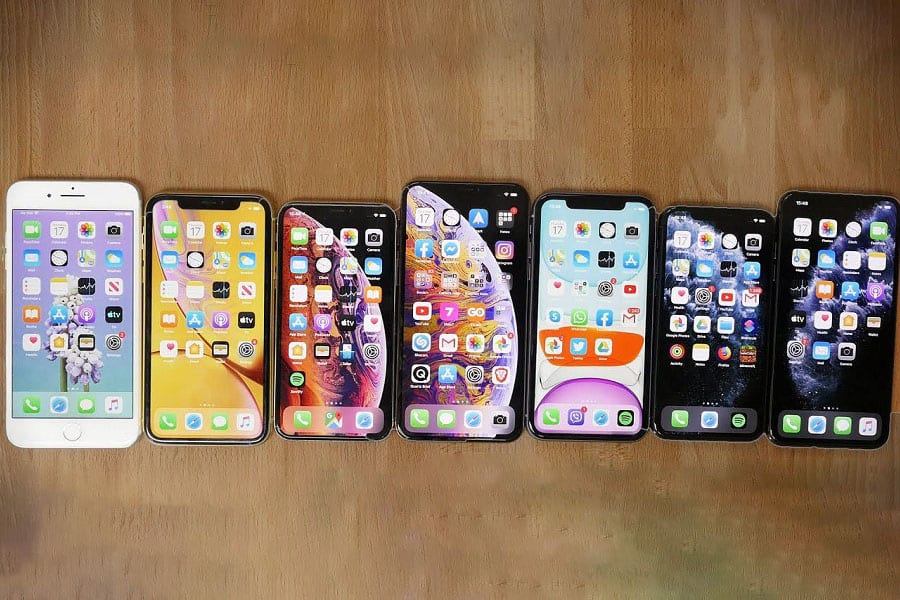It would be easy to say, “They’re all good,” because iPhones have a history of being ahead of the curve when it comes to camera specifications.
But the real question is, do you even know what’s in that camera? Do you know what it’s capable of?
I do.
We’re going to do a broad iPhone camera review from the iPhone 8 (2017) up to the iPhone 11 Pro Max (2020) so that you can see what the absolute best camera is.
If you’re serious about smartphone photography and making some stunning images, take a look at all of these cameras and make your decision.
Before we get started on the individual camera reviews, I want to go over each specification individually and explain why they’re important for your camera, and what they’re used for so that you can understand exactly what their roles are in a fully functional camera.
Contents
Breaking Down the Specs
Megapixels
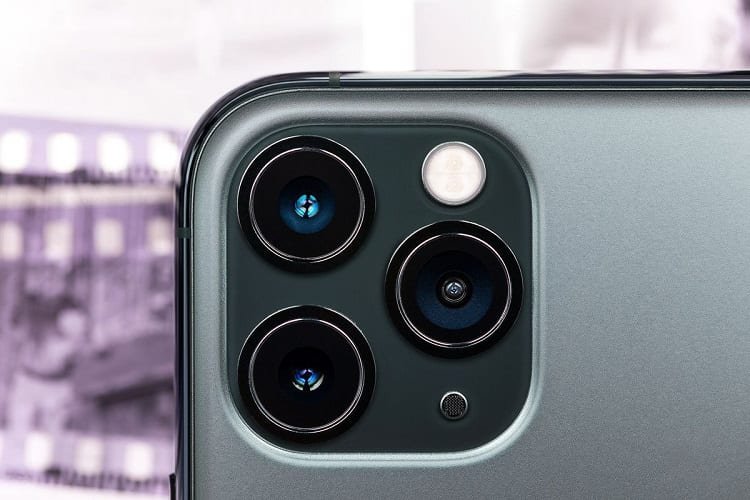
Megapixels are how we define the worth and marketability of a camera, whether it’s in an iPhone or not.
In short, one megapixel is the equivalent of one million pixels in a square space.
The more megapixels you have in a camera, the more resolution you have in total.
A 16 MP camera would be sixteen million pixels in total, which is pretty intense.
For some context, it is believed that the human eye is seeing 324 MP on its own, or 576 MP with the vision of both your eyes put together.
Megapixels will make file sizes larger, because there’s more data to collect, so it’s important to have an SD card or some form of attachment to handle the extra data.
Night Mode
Night mode has two different ways that it can work: high green hues, which is done digitally, or a small IR emitter that actually outputs light naked to the human eye.
If you see those absurdly green night vision camera shots, those are done by upping the green value in light (which still persists even in darkness because we can only see so much light through our eyes), and highlights it so that you can see things.
IR emitters output a small amount of light that we can’t see on our own, but it’s there, and it illuminates a space on camera.
IR night vision photos will appear black and white, so you may have seen them in CCTV videos that circulate the internet.
Burst Mode
Burst mode might be one of the most fantastic additions to iPhone cameras.
It’s software-based, but it needs the physical capabilities of the camera lens to operate, so it counts as a technical feature thanks to the hardware.
Burst mode sends the camera into overdrive and snaps high-res photos in rapid succession, usually for about three to five seconds depending on your phone model.
This allows you to make some cinematic visuals in between scene transitions if you go photo by photo.
The best thing is that this works for selfies as well, so you can take a burst mode of selfies to catch candid smiles and better angles.
Burst mode operates differently because it’s taking all of these photos at full resolution and clarity like a video, but different.
Videos tend to operate in lower resolution and don’t focus as well, which is why this feature is something to celebrate.
Lens Material
iPhones have been using one of the best materials known to man, and that’s sapphire crystal.
It sounds fancy, but this is essentially a manufactured, man-made crystal that allows for uncompromised clarity no matter what you’re looking at.
Primarily, the best benefit of a sapphire crystal lens is scratch resistance.
Even if you drag the camera side against the top of a wooden coffee table, it’s very unlikely that it will scratch the lens.
I wouldn’t push the envelope, but you’re definitely protected against minor damages and scratches that could destroy your lens.
For some clarification, lenses can be other materials, such as glass, and still provide excellent benefits.
Your lens is important, but a lens can’t improve the hardware inside of a camera. It can only allow you to use that camera to its full potential.
Ultrawide Shot
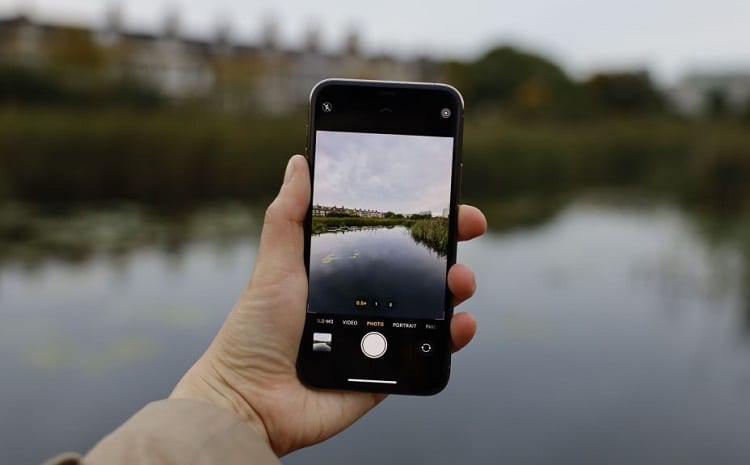
This is thanks to the lens angle, or the millimeters associated with the lens size.
As a rule of thumb, the smaller the lens is, the wider the angle.
A 26mm lens (common in iPhones) can provide roughly up to 120° of a viewing angle, which would constitute as an ultrawide shot.
The higher you go, the less FOV you get in your photos, so a 70mm camera lens on a DSLR camera actually has a lower FOV, even if it does have better focus.
iPhone 11 models have one ultrawide lens, which is also referred to as a fisheye lens.
Ultrawide shots work well to add clarity and definition to your photos, while also pushing the maximum resolution capabilities of the camera.
Ultrawide shots work best for landscapes, buildings and cityscapes, and can be a game-changer for professional photographers.
Auto Stabilization
Ever seen those videos on YouTube where the camera moves, and everything distorts like it’s being pulled at a 45° angle?
Those 2008-era videos were before auto stabilization was added to cameras.
iPhones have been using this feature for years.
It essentially helps with motion blurring and skewing from movement, and allows you to walk with your camera and maintain a relatively even and steady shot.
Auto stabilization also helps with noise reduction, like that windy, crunchy noise you hear during windy days in the background of videos.
You have two options for this: optical image stabilization (OIS), and electronic image stabilization (EIS).
Recording Resolution
The resolution of your phone’s still image might be higher than the recording quality.
Recording resolution refers to the maximum resolution, such as 1080p or 4K.
These cannot exceed a resolution that the maximum megapixel rating could provide.
iPhone 8
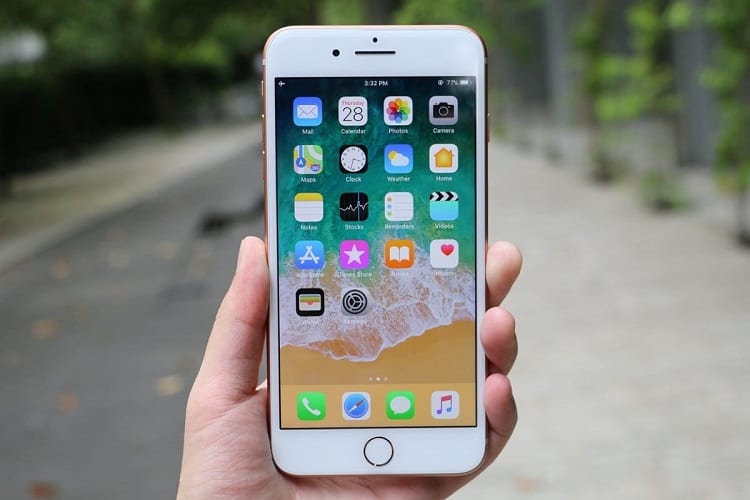
With the iPhone 8, we saw the last camera lens that was still made out of glass or mineral composites.
After this point, Apple went with higher durability lenses because this was the point where iPhone photography become a phrase (and a hashtag, for that matter) that caught on.
Despite the iPhone 7 model also having as 12 MP camera, it wasn’t utilized to its full potential.
Even now, the iPhone 11 Pro Max model still uses a 12 MP camera, because it’s difficult to stretch out all of its power.
With the iPhone 8, we saw backside illumination sensors, auto image stabilization, local tone mapping, noise reduction, geotagging, and face detection really bring forth some incredible advances.
On top of that, auto HDR was enabled for photos (not for video), and you were able to record in 4K at 60 GPS, where the iPhone 7 only allowed 4K up to 30 FPS.
| Megapixels: | 12 |
| Night Mode: | No |
| Burst Mode: | Yes |
| Lens Material: | Glass |
| Ultrawide Shot: | No |
| Auto Stabilization: | Yes |
| Recording Resolution: | 4K at 60 FPS |
iPhone X
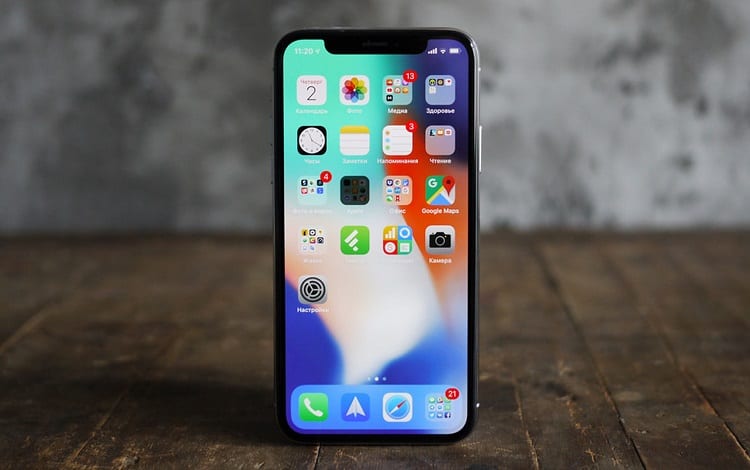
The iPhone X sparked a ton of outrage at the price, and to an extent, IO can understand being upset with it.
Apple has always had some novelty to it, such as with sleek designs, but the iPhone X saw an evolutionary leap in technology.
With this, we saw advancements as far as voice commands with Siri were concerned, as well as better built-in apps and an OLED screen with a ridiculously narrow bezel.
It was a wonderful advancement, and with it came some exciting camera specs.
With the iPhone X, we saw a wide angle with a 1.8 aperture rating, telephoto lens with a 2.4 aperture rating, optical zoom, digital zoom up to 10x, portrait mode (which is still being upgraded today), a backside illumination display, and some seriously powerful exposure control for better lighting on your shots.
The camera advancements don’t slow down going forward, but the amount of new features does tone down a bit.
Apple has spent time since the iPhone X improving pre-existing features, many of which were introduced with this phone.
| Megapixels: | 12 |
| Night Mode: | No |
| Burst Mode: | Yes |
| Lens Material: | Sapphire crystal |
| Ultrawide Shot: | Wide angle |
| Auto Stabilization: | Dual optic stabilization |
| Recording Resolution: | 4K at 60 FPS |
iPhone XS
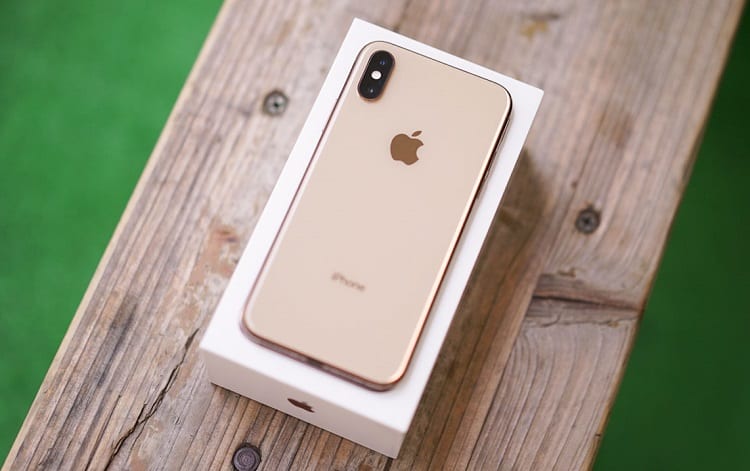
Are you ready for advancements?
Because this is how you get advancements.
This rendition of the iPhone X came with the ability to hold up to 512 GB in your internal storage space, as well as a sleeker, smaller profile that made it easier to handle right out of the box.
The wide color display was improved upon, as well as the true tone display and 3D touch.
I mention these because they all have small impacts on how you review the photographs that you take.
If you’re using editing apps to alter photos on the fly, it’s important to be able to view them in all their splendor.
With the iPhone XS, we saw a 1.8 aperture rating, a 2.4 aperture rating on the telephoto lens (same as iPhone X), smart HDR for photos, timer modes, geotagging, multiple image formats, and a sapphire crystal lens cover.
Mix all that with the panorama photo shot that can capture up to 63 MP (from different photos being stitched together), and the quad-LED true tone flash, and you’ve got a pretty powerful camera here.
| Megapixels: | 12 |
| Night Mode: | No |
| Burst Mode: | Yes |
| Lens Material: | Sapphire crystal |
| Ultrawide Shot: | Wide angle |
| Auto Stabilization: | Dual optic stabilization |
| Recording Resolution: | 4K at 60 FPS |
iPhone XR
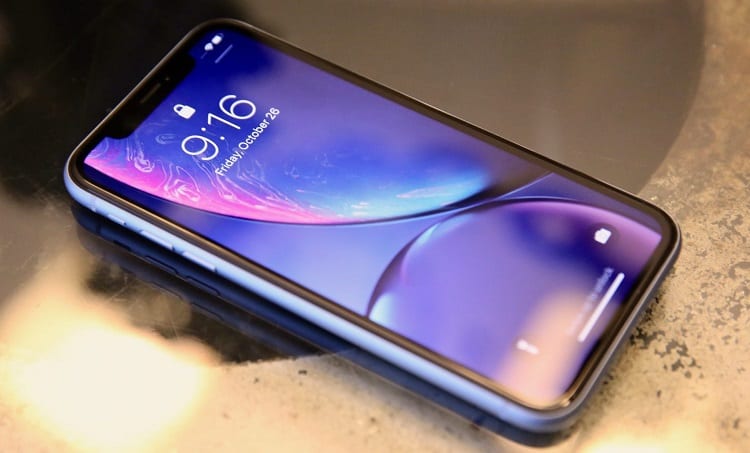
You know that Apple is always going to stretch out their series of phones with a couple of different renditions.
They had an XS Max version, and it was very close to the XS (so much so that I didn’t feel like it was even worth bringing up all the individual specs).
However, the XR is worth mentioning.
You get up to 256 GB of internal space with the maximum upgrade, and a liquid retina HD display for ultimate clarity when viewing your photos and videos.
One amazing thing about this is how lightweight it is at just under seven ounces, which makes it feel like you’re holding an empty aluminum case.
But when you get to the camera, you can see some minor advancements from the iPhone X and iPhone XS.
Those include auto image stabilization, 4K recording at 60 FPS, burst mode, geotagging, upgraded and advanced red-eye correction features, and an LED true tone flash.
On top of that, you get slow-mo video support, stereo recording, and playback zoom that doesn’t impact the overall cropping or quality of your videos.
This is where they started shifting away from the sapphire crystal lens to a six-element lens.
It’s arguably just as good, though since it’s mostly proprietary, it’s not as foolproof as sapphire crystal generally is.
| Megapixels: | 12 |
| Night Mode: | No |
| Burst Mode: | Yes |
| Lens Material: | Glass |
| Ultrawide Shot: | Wide shot |
| Auto Stabilization: | Auto image stabilization |
| Recording Resolution: | 4K at 60 FPS |
iPhone 11
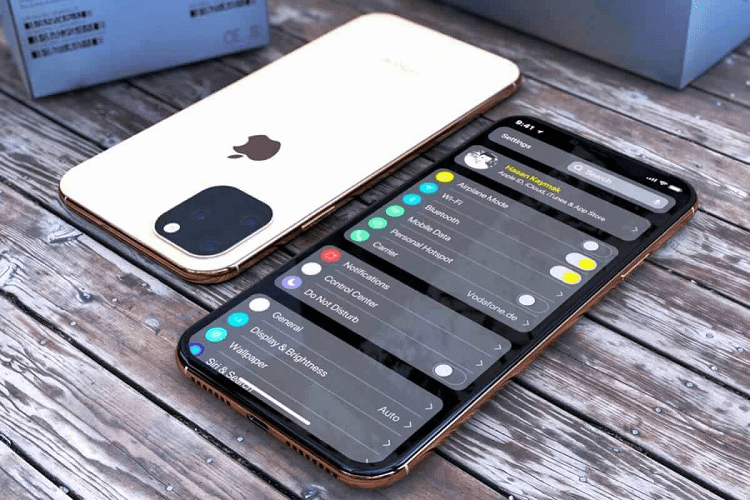
This is the flagship model that the next two iPhones we’re going to be talking about were built on.
Because Apple was very excited to introduce this on the residual hype of the iPhone X launch, I believe that they kind of dumbed down a few features that people would have happily paid for in the base model.
However, that’s not to say this isn’t a really good iPhone.
The technical advancements from the iPhone X may not be groundbreaking, but either way you look at it, it’s still an upgrade from the previous version.
The iPhone 11 standard model includes a liquid retina HD display, and this is important because of the way you’re going to be able to view and edit your photos with such a great resolution.
On top of that, you also get 2.4 aperture on the ultrawide lens, 1.8 aperture on the wide lens, and 2x optical zoom alongside 5x digital zoom.
With their panorama mode, you can stitch together up to 63MP of photos to make a gorgeous wide viewing angle.
| Megapixels: | 12 (both cameras) |
| Night Mode: | Yes |
| Burst Mode: | Yes |
| Lens Material: | Sapphire crystal |
| Ultrawide Shot: | Yes |
| Auto Stabilization: | Auto image stabilization |
| Recording Resolution: | 4K at 60 FPS |
iPhone 11 Pro
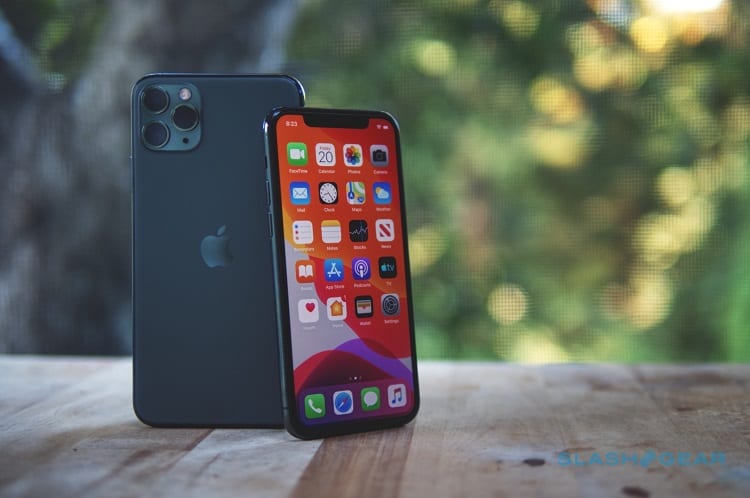
The predecessor to the iPhone 11 Pro Max came with a middle-of-the-road approach to specs and pricing.
To be fully transparent, we didn’t see too much of a jump from the iPhone 11 to the iPhone 11 Pro.
| Megapixels: | 12 (triple cameras) |
| Night Mode: | Yes |
| Burst Mode: | Yes |
| Lens Material: | Six-element lens |
| Ultrawide Shot: | Yes |
| Auto Stabilization: | Auto time-lapse, optical image, and cinematic video stabilization |
| Recording Resolution: | 4K at 60 FPS |
iPhone 11 Pro Max
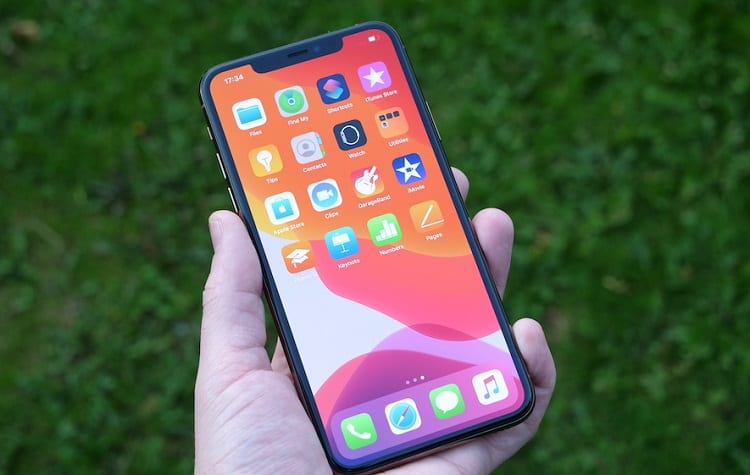
This is currently the cream of the crop, the #1 iPhone in the world (because it’s the newest).
They really packed in every single feature they could here, as well as some technical advancements such as the six-element lens that may or may not be better than sapphire crystal (depending on your opinion).
You get the option to upgrade to 512 GB of internal space, which is absolutely fantastic.
As a photographer, this is a really solid option because of the amount of photos you can store on here before having to send them to your Dropbox folder.
With the iPhone 11 Pro Max, you get many of the previous features of other iPhone models, as well as a few new ones.
Primarily, you get a 2.4 aperture rating on the ultrawide lens, up to 1.8 on the wide lens, telephoto 2.0 aperture, as well as 100% focus pixels mode in a wide format, auto image stabilization, smart HDR for still images, up to 60 FPS of 4K recording on the video settings, 2x optical zoom, and digital zoom up to 6x.
That’s about half of what you get with this.
There are so many top-notch features crammed into here, but of course, it’s going to come with the biggest price tag.
I’m excited to see how Apple will outdo themselves with the next iPhone generation.
| Megapixels: | 12 (triple cameras) |
| Night Mode: | Yes |
| Burst Mode: | Yes |
| Lens Material: | Six-element lens |
| Ultrawide Shot: | Yes, 120° |
| Auto Stabilization: | Dual optic stabilization |
| Recording Resolution: | 4K at 60 FPS |
Can Apple Keep Improving?
Technology is only getting better by the minute.
We can take high-resolution photographs of the moon’s surface and identify divots in the rocky surface, and if you think those capabilities won’t eventually come to smartphones, you’d be wrong.
The truth is that the technology is already there for Apple to keep improving, but they’re all about making it work in a compact way that’s also aesthetically pleasing.
They’re all about sleek, clean designs.
I have no doubt that Apple is going to continue to wow us with their camera upgrades as time goes on.

